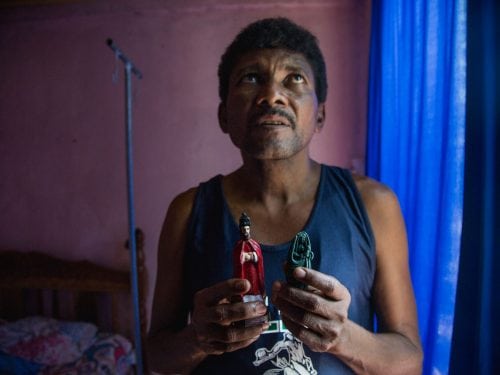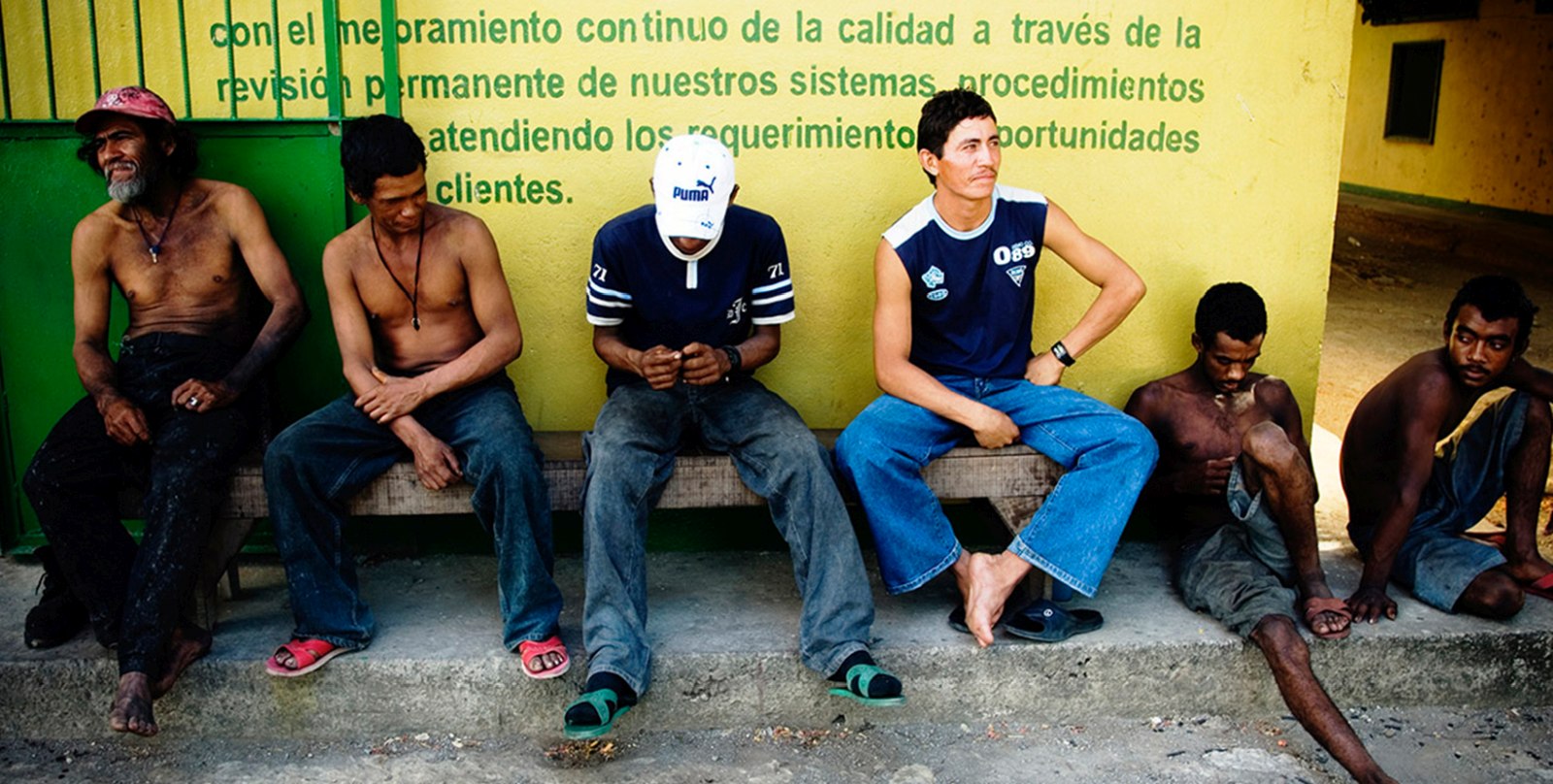
Chronic Kidney Disease (CKD) progressively affects kidney function, to the point at which the organ loses its capacity to produce urine and eliminate toxins from the blood.
Those who are diagnosed with this illness often go to the health clinics when the disease is already at an advanced stage and they have to subject themselves to daily therapies that substitute kidney functions and require hours of procedures. There is only one option for patients; a kidney transplant. But in the majority of cases that transplant never arrives.
The doctor in charge of the dialysis unit at the Nicoya Health Center, Hugo Delgado, spoke with Semanario Universidad about this disease, the procedures and the problem behind this illness. Here’s an extract of that conversation, published originally in the Semanario:
What is Chronic Kidney Failure?
It’s when the kidneys stop working. Basically, what happens is that the kidneys stop functioning properly and then a series of symptoms start to come up, among them are fatigue, changes in urine, itchiness, vomiting, difficulty breathing and others that generally force patients to visit the emergency room.
Guanacaste is one of the provinces with the highest number of cases. Why?
It’s due to exposure to high temperatures without hydration. The number of cases has been increasing since 2000-2002. In the case of Guanacaste, the majority are men between 20 and 40 years old who work in farming.
Once the disease is detected, what treatment do patients receive?
It depends on what stage they are in with the disease. In the case of patients that come because of Mesoamerican nephropathy – chronic kidney disease in residents of Central America, mainly young plantation workers exposed to high temperatures – arrive in an advanced stage and they go through kidney substitution therapies, peritoneal dialysis or hemodialysis.
What does each procedure consist of?
In peritoneal dialysis what we do is insert a catheter in the abdomen, a permanent catheter, and we through the catheter we send a special solution into the abdominal cavity of the patient. That solution is left there for about six hours. This substance is going to function as a filter for the substances in the kidney and it is going to allow the passage of the blood substance into that cavity. It’s done every six hours, three or four times per day. The procedure is done at home and it can also be done in medical centers. The goal is to do it at home.
And hemodialysis?
It is only done in hospitals in the central valley where there are specialists in nephrology. In Liberia, there aren’t any. It’s a machine that functions like a filter, like an external kidney. Blood is extracted from the patient’s arm. That blood passes through a series of filters and returns filtered into circulation in the patient. Normally it’s done three times per week and generally for a period of three hours.
How long must patients perform each treatment form?
The goal is for these patients to get a kidney donation, whether from a family member or a cadaver. But the options are limited. There is a national list, so they have to wait a long time. In the case of Nicoya, we have been attending to patients with peritoneal dialysis for four years and have only had one transplant in that period, and we have had approximately 80 patients.
What is the life expectancy once they are diagnosed?
It varies a lot depending on the patients and other factors such as age or other illnesses they may have. But with these treatments, the patients could have a life expectancy of five to 10 years. The reality is that many cases worsen early with peritonitis, infections or other complications.
Do they have any quality of life?
Here, regionally, what makes it complicated is the employment situation. Many of them are employed and work cutting cane, in construction or in the fields and after the diagnosis, they can’t return to that kind of work. We don’t have many job options for them to find another type of employment.






Comments